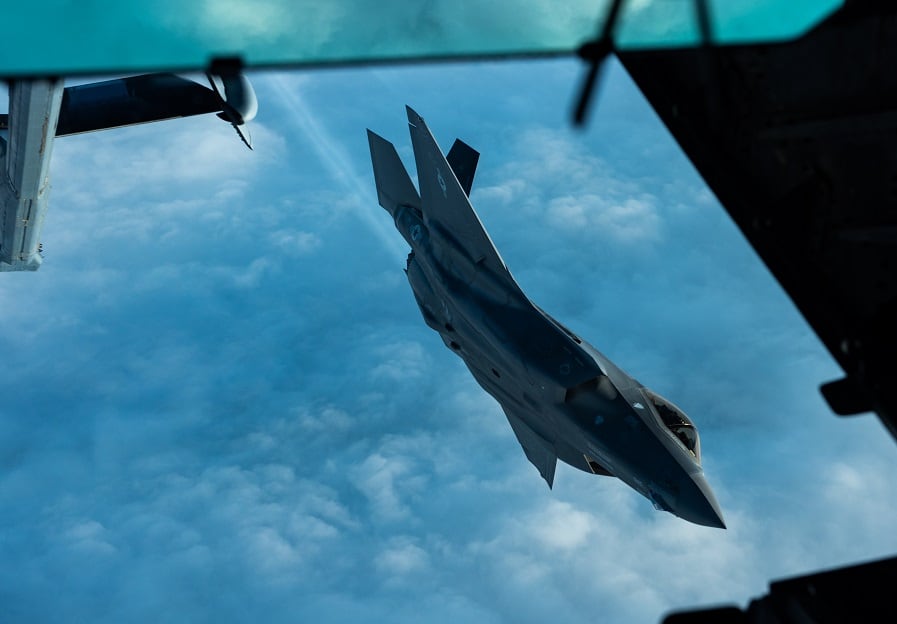COLOGNE, Germany — The Swiss government plans to make the integration of combat aircraft and ground-based air defense assets a key benchmark in its planned $8 billion Air 2030 program, according to officials.
Program leaders disclosed the desire for a high degree of interplay between the two competing missile-defense offers and four possible aircraft types during a news conference in the capital Bern earlier this month. The comments reveal a new front in the selection criteria for one of Europe’s most prized defense acquisitions, where the air and ground portions had always existed as separate tracks.
Fear of fratricide in Switzerland’s small and crowded airspace is one of two key factors driving the need for close integration between ground and aerial assets, said Swiss Air Force Col. Marco Forrer. Given the country’s alpine terrain and the requirement to hit targets more than 50 kilometers away and over 12 kilometers high, official are concerned about erroneously downing civilian planes, he said.
“That’s why BodLuv has to be integrated into the Air Force operational picture and command-and-control network,” Forrer said, referring to the German-language acronym for the ground-based program Bodengestützte Luftverteidigung.
Forrer added that a high level of integration also is crucial to keeping costs down, enabling air defenders to engage targets with greater precision and — hopefully — fewer misses.
Of the total Air 2030 program, $6 billion is slated for a new fleet of aircraft, while $2 billion is budgeted for ground-based defenses.
RELATED

In the aerial segment, the planes in play are the Airbus Eurofighter Typhoon, the Lockheed Martin F-35, Dassault’s Rafale and Boeing’s F-18 Super Hornet.
In the ground segment, Swiss officials are left with choosing between Raytheon’s Patriot and the SAMP-T system, which is made by an MBDA-Thales consortium called Eurosam. Israel’s Rafael, which was also invited to bid with its David’s Sling system, never responded to the invitation, presumably following pressure by the Israeli or American governments to stay out of the race.
Swiss officials have complained that they never got a straight answer explaining Rafael’s abstention, and the company’s non-response has left them worried about the losing an element of competition in the race that could make for lower costs.
“It can have a negative impact on the competitive situation,” said Christian Catrina, who oversees Air 2030 at Switzerland’s defense ministry. “We will never know if so and how strongly. We would have appreciated having three contenders.”
Following a similar wave of aircraft tests in Switzerland over the spring and early summer, evaluations of the two ground-based systems, namely regarding their radar sensors, began this month. First up is the Patriot system with a two-week test, which will end Aug. 30; SAMP-T is next, beginning Sept. 16.
The tests will take place at an army range near Menzingen, central Switzerland, where the Swiss operated the Bloodhound weapon system until its retirement in the late 1990s.
Sebastian Sprenger is associate editor for Europe at Defense News, reporting on the state of the defense market in the region, and on U.S.-Europe cooperation and multi-national investments in defense and global security. Previously he served as managing editor for Defense News. He is based in Cologne, Germany.






